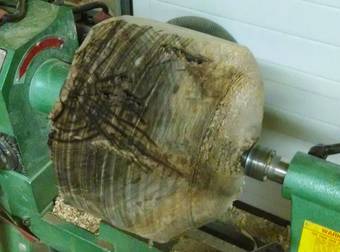When thinking about what could potentially kill you, most people would imagine something elemental like a hurricane, a tornado, or even a shark. Maybe some people would even pick a intruder in the house, or a crazy guy on the street.
Sadly, the truth is that you’re more likely to be slowly killed by the things you use everyday rather than a freak event. Take for example these 12 household items…
1. Phthalates found in “fragrances” can be harmful. Research has found a correlation between them and developmental abnormalities in infant males.
2. Certain combinations of household cleaners (such as bleach and ammonia) can create a gas that is potentially fatal.
3. About 450 people die from falling out of the bed every year.
4. Make sure you empty out the lint trap on your dryer every time you use it. Because if you don’t you run the risk of starting a deadly house fire.
5. If your home was built before 1978, you may have to deal with lead paint. The paint itself is fine if it sticks to the wall. But if it starts to chip and is inhaled, there’s a good chance it could be very toxic.
6. While most houseplants look fairly safe, many of them are actually toxic. So, keep your young children away from their leaves.
7. Sunscreen contains chemical filters that may cause harm to pregnant mothers and the development of their child.
8. Parabens found in shampoo and lotion are also found in breast cancer tumors.
9. A little bit of mold isn’t anything to worry about, but if it continues to grow it can lead to allergic reactions, asthma attacks, central nervous system problems, and even cancer.
10. There is a chemical in hair dye called toulene that can lead to blood cancer.
11. Because of slippery conditions, about 340 die in the bathtub every year.
12. Deodorants contain a chemical called triclosan which can disrupt the endocrine system, and muscle function.
That’s not to say that you should avoid all of these things completely. Obviously, sunscreen can help prevent the development of skin cancer…but it’s good to know what risks you’re taking when you’re using these products.
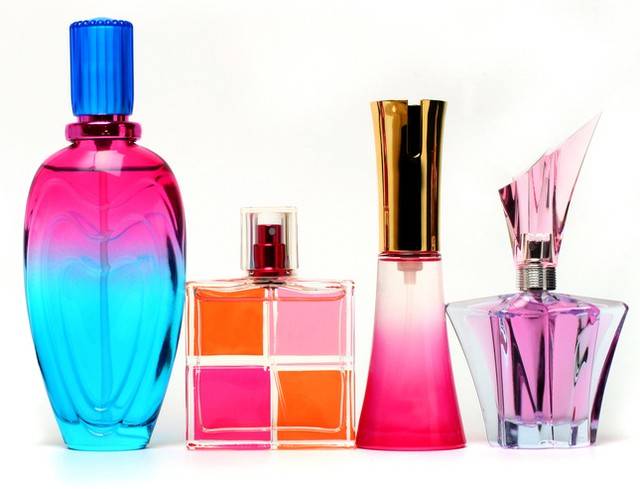 share
share
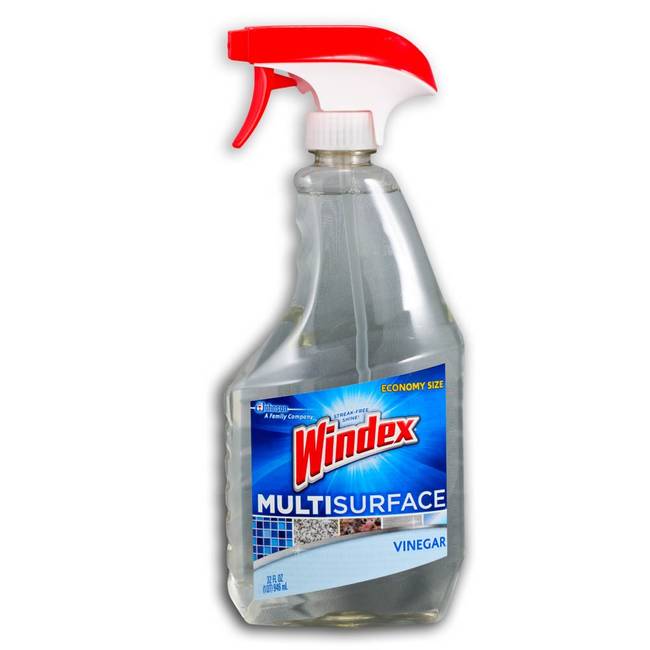 share
share
 share
share
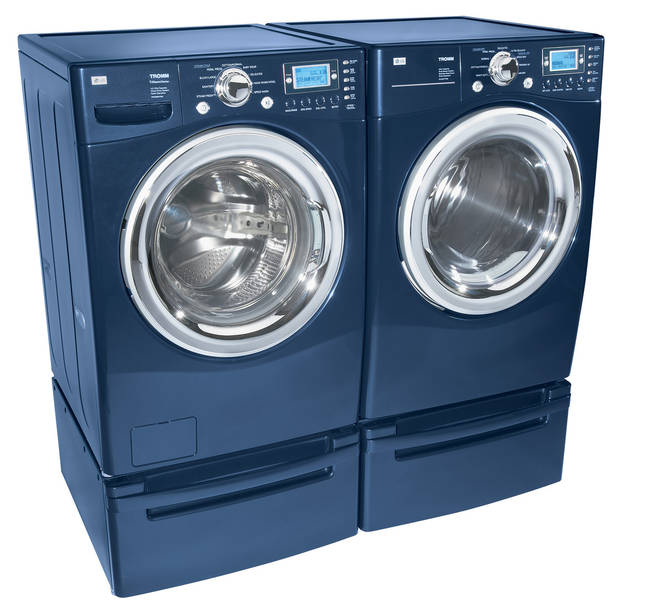 share
share
 share
share
 share
share
 share
share
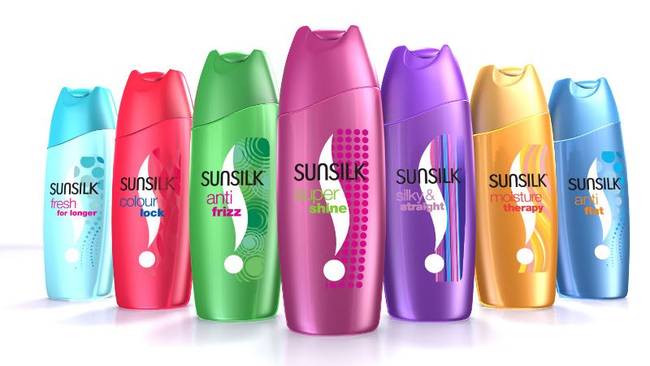 share
share
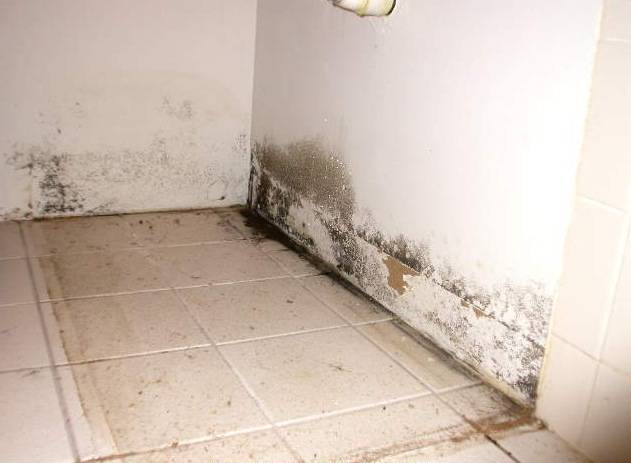 share
share
 share
share
 share
share
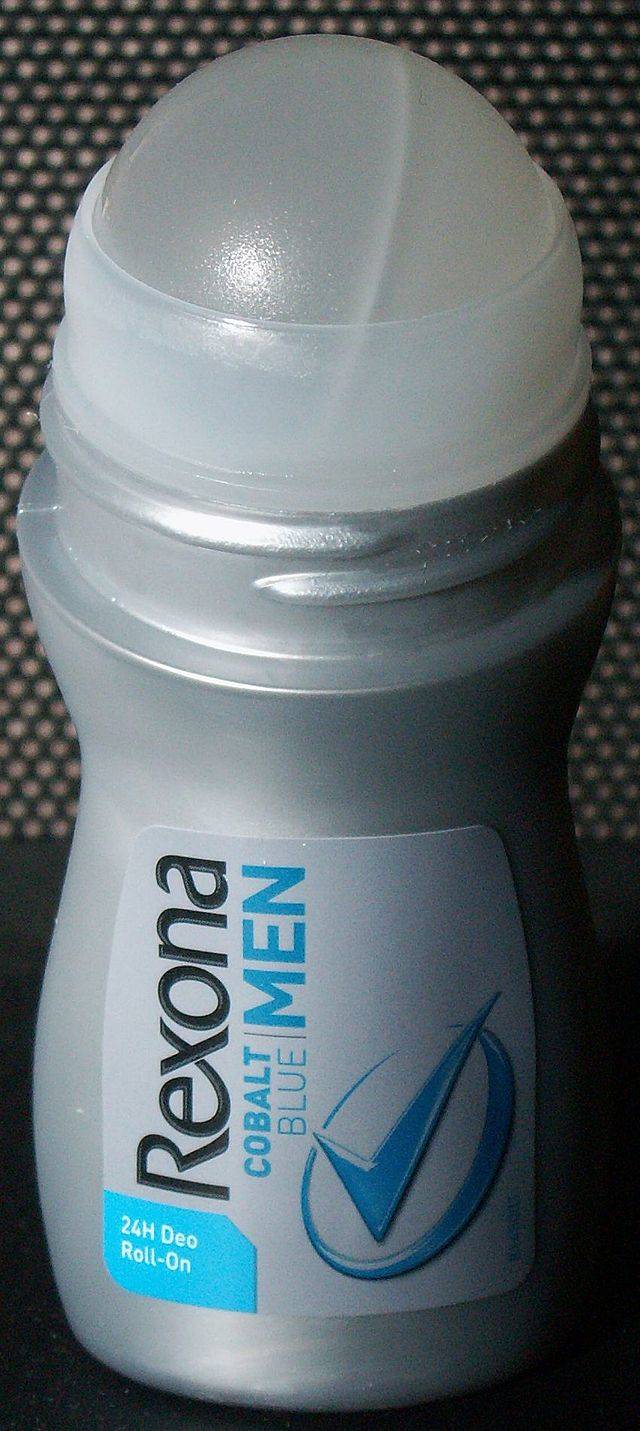 share
share



